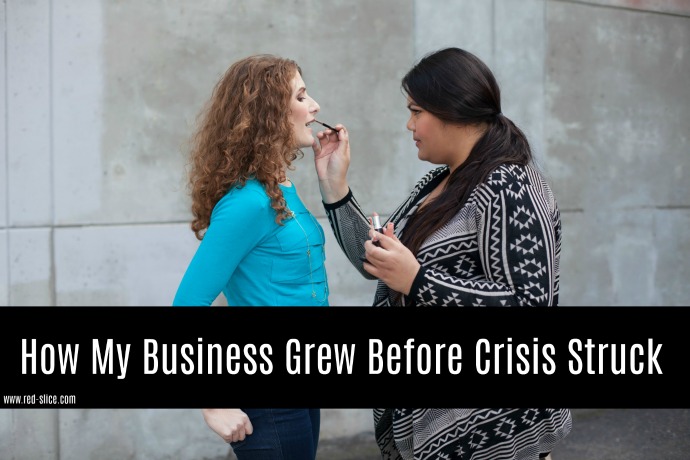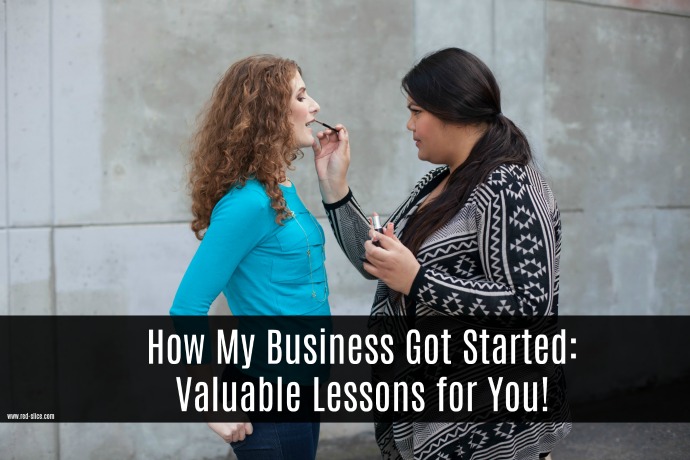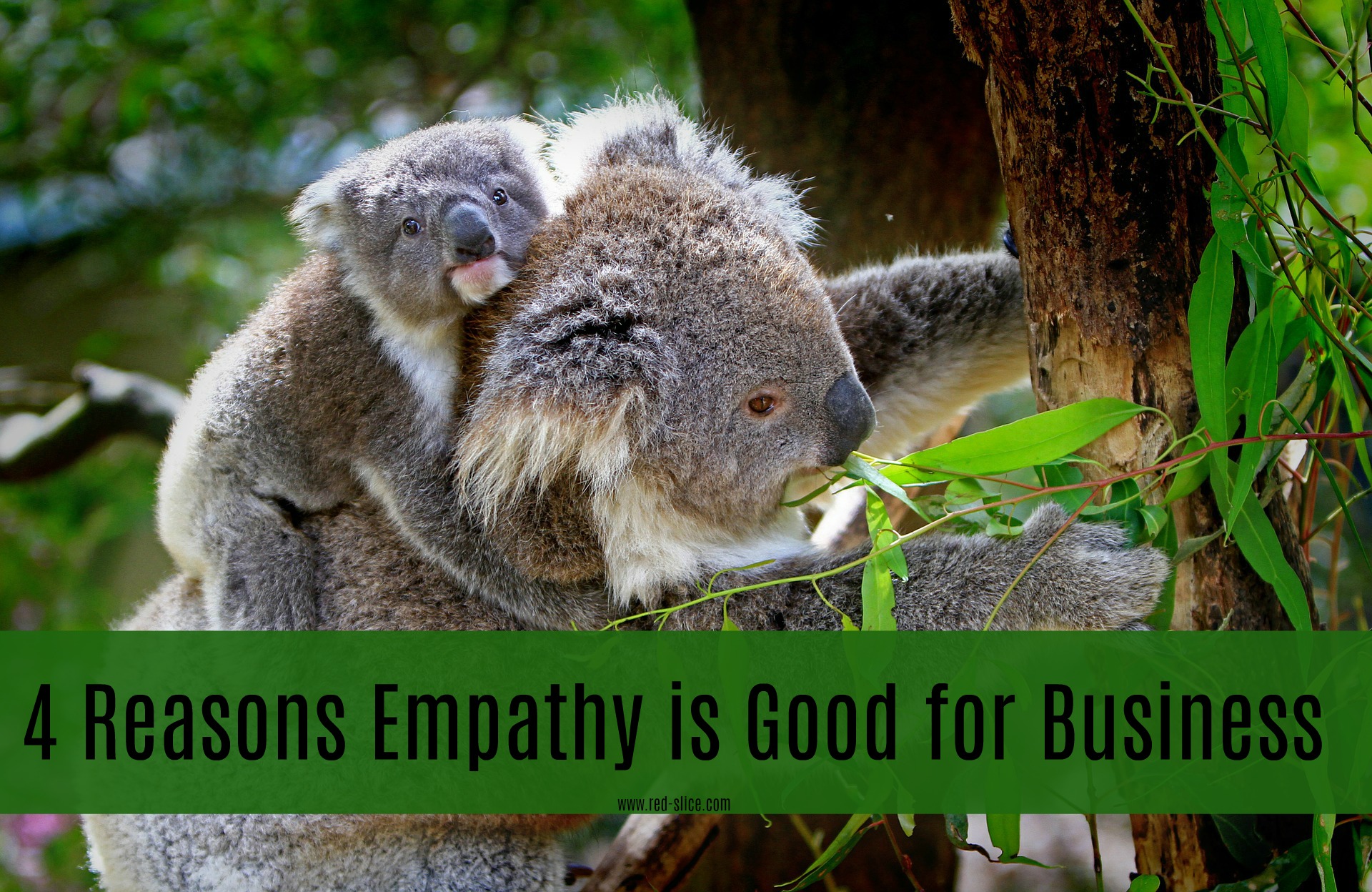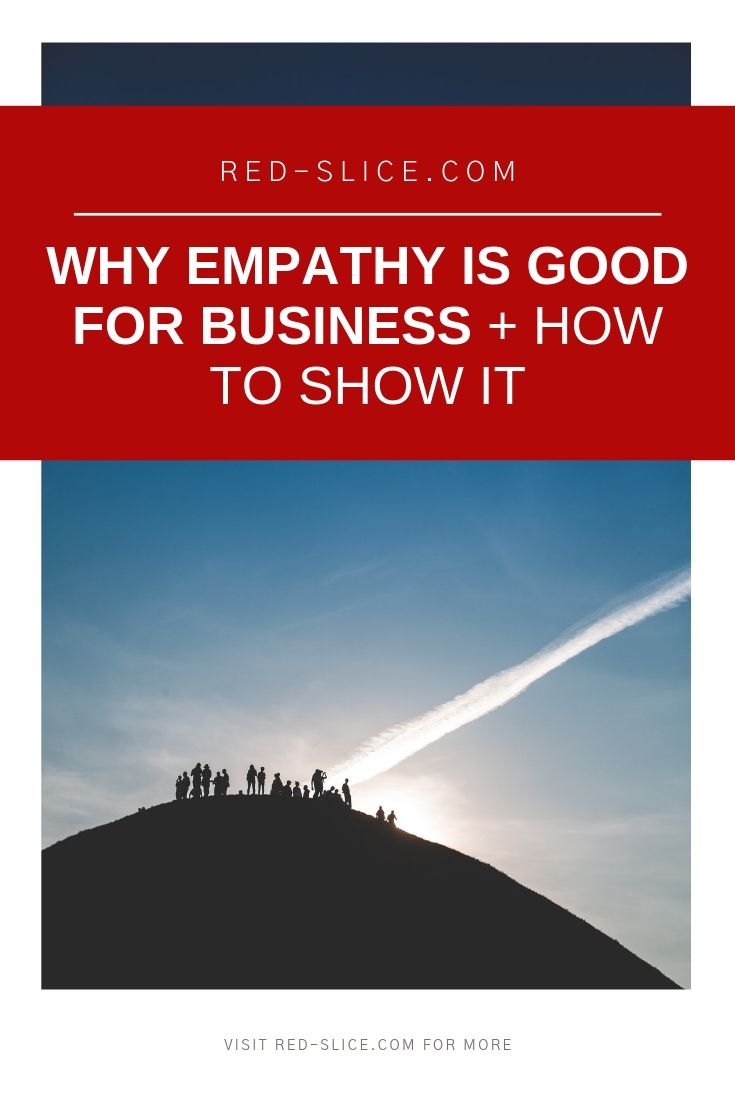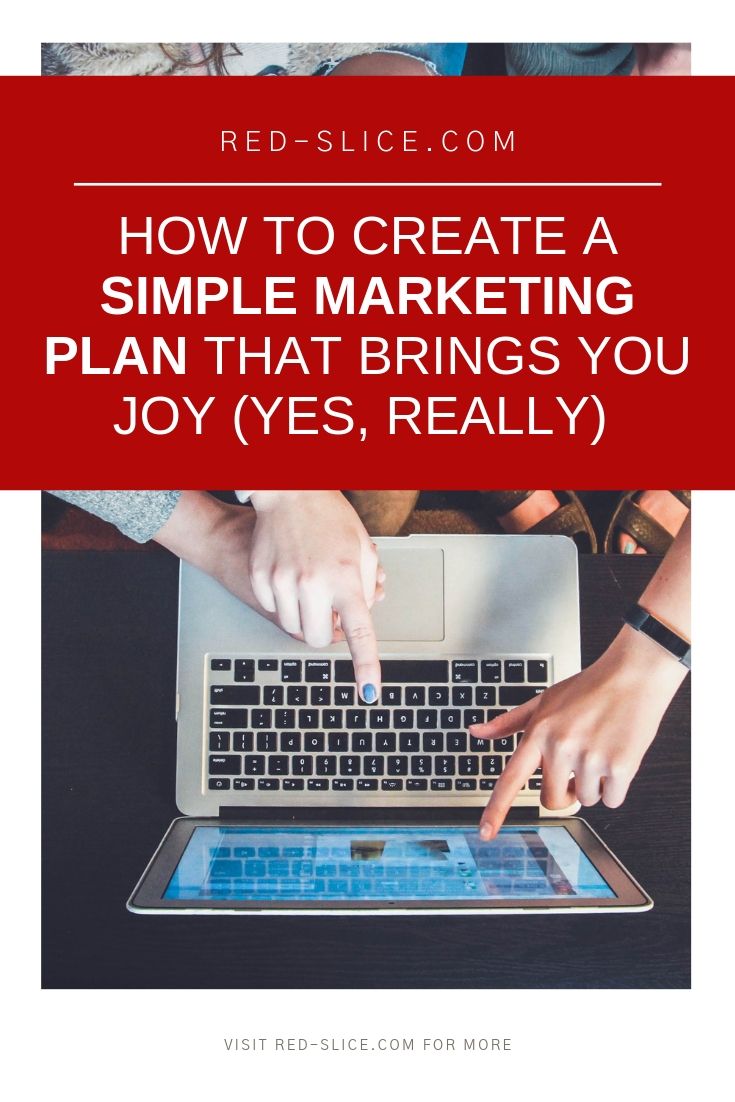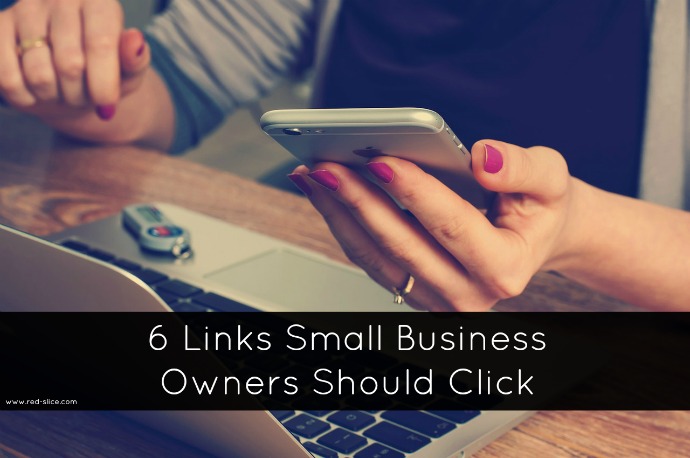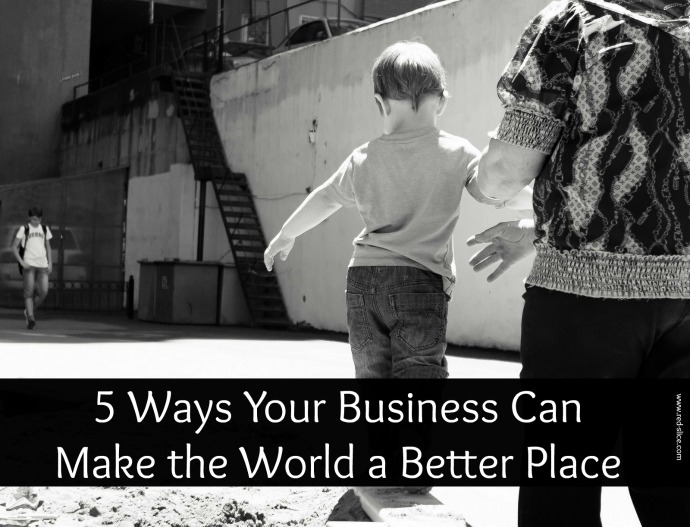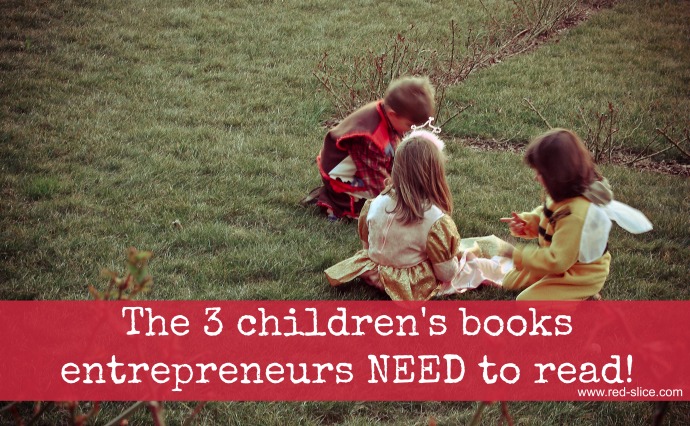Previously in Part 1 of the Red Slice origin story…
After leaving the security of corporate comfort, I embarked on my consulting business in my new home city of Seattle. Savvy, authentic networking and a rock-solid brand strategy accelerated my early growth, resulting in wonderfully interesting small business clients and a lucrative corporate gig.
If you missed Part 1, including my three powerful lessons learned, read it here.
Get ready for Part 2!
SURROUNDING MYSELF WITH EXPERTS
Having always been surrounded by structure and process, the free-fall of entrepreneurship felt like fumbling around in the dark–every day. Quickly, I tried to get my legal and financial ducks in a row. Do I need to register as an S-Corp or LLC? What kinds of taxes do I need to pay? How do I manage my invoices and expenses? Ugh.
A new lawyer friend hooked me up with her firm for invaluable legal advice that should have cost thousands but didn’t and so I got the right counsel on risks and requirements I didn’t even know about. They developed my contracts at a bargain price and I filed for an LLC by downloading a free PDF online called, “How to File for a Washington LLC.” The paperwork. The tax requirements. The fees. It was all so damn confusing.
I promptly hired an accountant to help me with everything financial. Nothing fancy, she helped me set up my first QuickBooks and educated me almost weekly on what I needed to know. It felt like every day, I came up with more questions on how this whole “business ownership” thing worked. And I majored in business!
LESSON ONE: No one is an island, nor an expert in everything. Stop trying to be a hero and ask for help from experts who know better. (Tweet!)
PRICING RIGHT
Nothing paralyzes new business owners like pricing. I knew what similar consultants charged for my corporate client base, and I was comfortable with that rate because those clients have budget. But for my second client segment, small businesses and entrepreneurs, it was a different story. I had to figure out how to serve them with offerings that would still give me a healthy profit for my expertise and time.
I admit I didn’t do a very good job of this at first. At the time, my business model was that of a virtual agency. I would hire subcontractors to help me complete all aspects of a brand project. But I was horrible at project cost estimation and factoring in their rates, as well as the right markup. So once again, I turned to others: Experienced consultants who generously shared their spreadsheets with me; Partners who educated me on this new (to me) market; Ideal clients, who openly shared their budget realities with me.
It took me awhile to land on the right rates and project proposals. I seemed to underestimate how long everything would take me and then never billed those extra hours to the client. Many of my subcontractors made more money than I did from my projects! My nagging self-doubt made me undervalue my expertise and give too much away. I mean, I loved this stuff. It came easy for me, as I’d been doing it for close to 15 years at the time.
I had to learn that value is not about physical time and effort, but the results the client ultimately reaps. What is the impact on their business? My work often results in clients’ increasing their sales and/or saving thousands of dollars in wasted time and effort, not to mention softer benefits such as strategic alignment, message clarity, market awareness, and re-igniting their passion–surely this meaningful work should be valued accordingly. It was a tough lesson to learn, but I’m so glad I did.
LESSON TWO: Your expertise is valuable. Even if it comes easy to you. If someone else needs it to move forward, you have the right to be compensated well for it (Tweet!)
THE BRAND BUILDS… AND THEN CRISIS HITS
There I was, cranking away on my big corporate client and talking to others. It was big impact work that paid well, but I really fell in love with small business entrepreneurs. I had always enjoyed the San Francisco start-up vibe and many of these folks had that same drive–but for work that also fed their souls. The boutique owner. The cupcake shop. The jewelry designer. The life coach. The leadership consultant. The photographer. They all inspired me! I longed to find a way to make this client segment more profitable in some way. In the meantime, I was making a name for myself, attending networking events, writing online articles and doing a few (unpaid) speaking engagements. I started an email newsletter, and began blogging regularly. People began to recognize my brand! Sure, I had to write many proposals for work that never went anywhere, but the point was that Red Slice was gaining traction.
Added to this new business, I was still trying to do it all: yoga, acting, making new friends, seeing the sights of my new home city, writing freelance wine articles. We were brand-new, first-time homeowners and just adopted a dog. I clearly remember confiding to my bestie, a coach for women entrepreneurs: “It’s all great stuff, but I just feel more overwhelmed and stressed than ever!” And she said, “Maria, you thrive on change but I think even you have hit your limit. Then she shared this gem…
LESSON THREE: “You can do it all but you don’t have to do it all RIGHT NOW!” (Tweet!)
But by then, it was too late. It all came crashing down.
After a theatre audition, I was struck by a blinding, sudden headache that was like a drill boring into my skull. My neck and back muscles seized up, nausea flooded me and I had no idea what was happening. After collecting myself, I promptly made a doctor’s appointment. He chalked it up to all the stress and advised me to monitor my blood pressure daily, do physical therapy, yoga and acupuncture and report back to him in about a month.
Did I pull back? No. Silly, right? The yoga, acupuncture and PT just became more to-do’s on my list. I suffered from a few debilitating migraines over the next month and planned to go see the doctor again – when I had time. And then, I collapsed, unconscious on the bathroom floor. Luckily, my husband saved my life by calling 911. Or I’d be dead.
A ruptured brain aneurysm had brought all my business–and life–plans to halt.
I won’t bore you with the details, as a) I wrote a book about this and b) spoiler alert: I survived. What I will say is that some sort of crisis WILL hit your life or your business; something random for which you can never, ever prepare.
It happened to me. Even though clients needed deliverables and my task list was not complete. Even though I thought it was ALL SO IMPORTANT.
And guess what? The sky didn’t fall.
The sky actually opened up. It opened up a whole new way of living, relating and doing my work in the world – and you can learn to do the same.
Tune in for Part Three to learn how I revved up my business again and then reinvented it to better suit my life…right here!
Like this origin story so far? What major setbacks has your business faced? Tweet me @redslice or comment on my Facebook page and use #BIZORIGIN to let me know!


